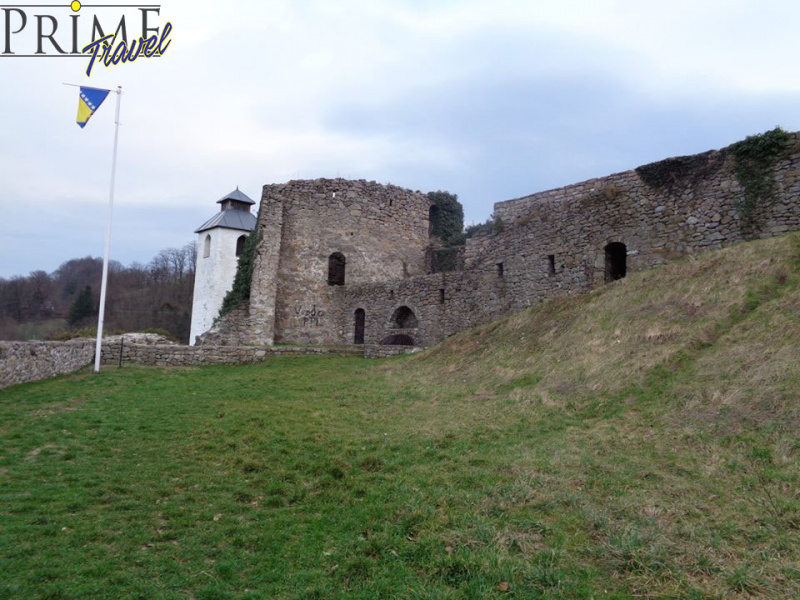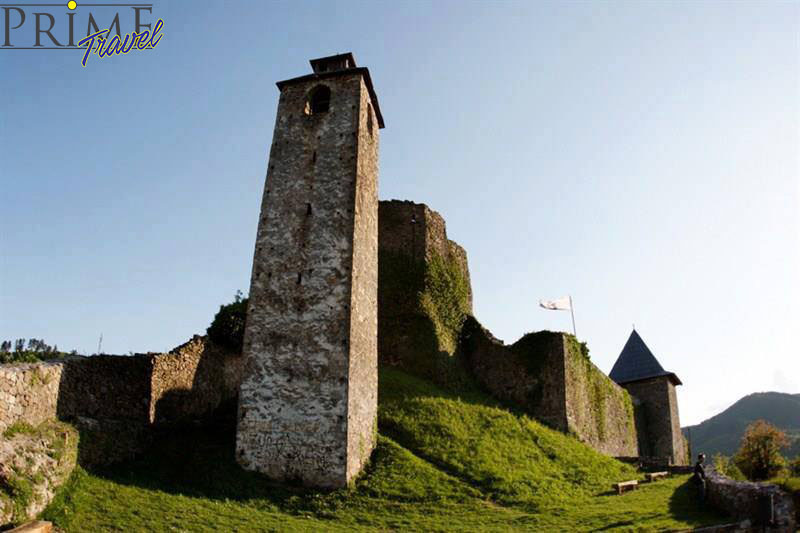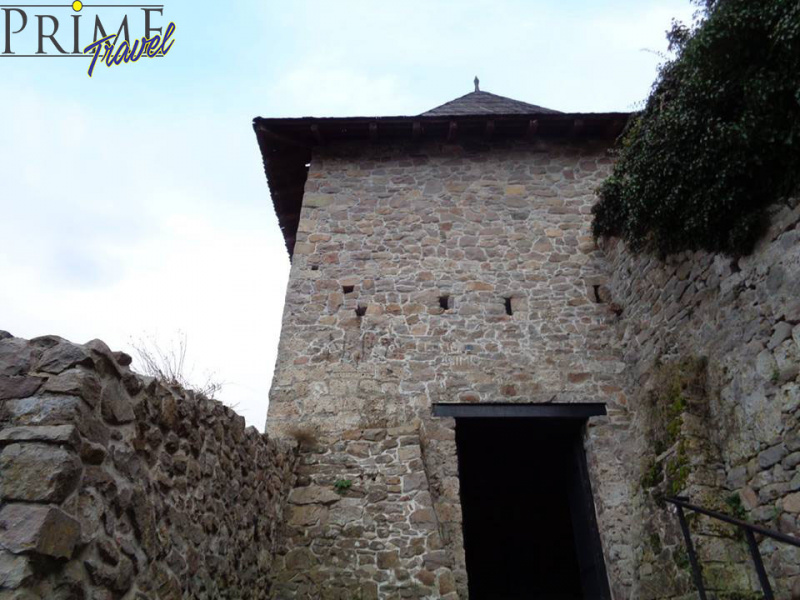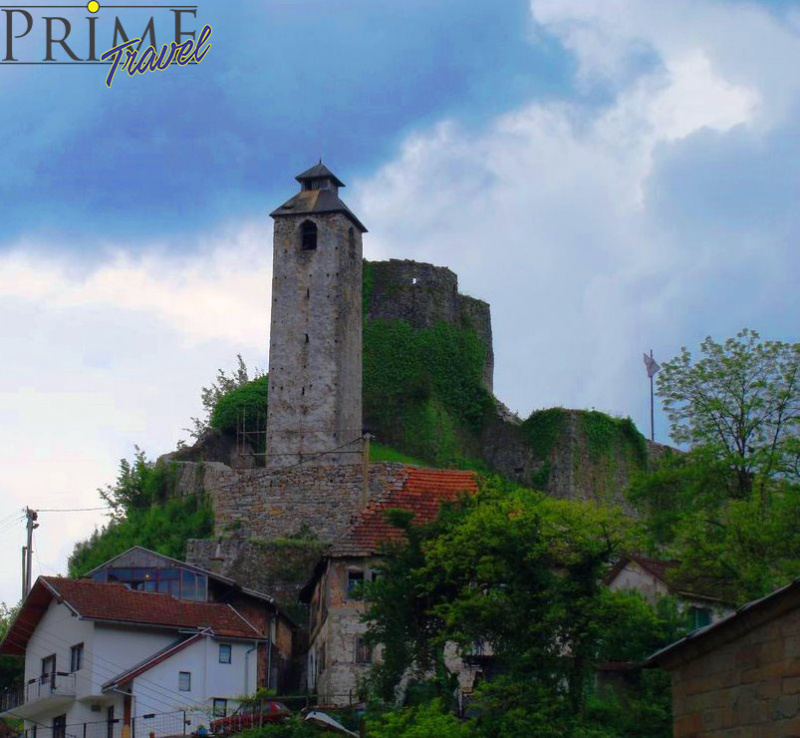




Price: Contact us
On the eighteenth of September 1408, Hungarian King Sigismund Luksemburski wrote in his famous charter "sub castro nostro Maglay" - "Under our fortress Maglaj". Ambassador of Hungary in Bosnia and Herzegovina Imre Varga handed to the mayor Mehmed Mustabašić authentic copies of two medieval Hungarian Charter, where the name of the town Maglaj was first mentioned. Sigismund Luksemburski was Hungarian, German and Czech king and German-Roman emperor and was in Maglaj in 1408. This is evidenced by two charters issued on 18th and 21st September. The originals of these documents are in Bratislava, Slovakia, and authentic copies in the archives of the State of Hungary.
The historians say about Sigismund that he was the most eminent ruler of Europe of his time. As the center of his rule, he edited Budim, which was the center of Europe at that time.
However, the city of Maglaj indirectly applies to something earlier written information from the command Stjepan Ostoja Dubrovčanin of 31st January 1399 "Your glorious army of your wallet" where it is assumed that he was with his army encamped in today´s Lijesnica, near Maglaj. We know that in October 1398 Sigismund's army fought in Usora and that they were opposed from the king Ostoja with his many nobles. Ostoja remained in Usora until the end of January 1399 years, in fact in the Lijesnica, which flows into the river Bosna 1 km upstream from Maglaj, apparently besieged Maglaj Kasruma, who was then in the hands of Hungarian soldiers.
Sights you can visit in Maglaj:
Fortress
Maglaj fortress is one of the largest and strongest fortifications in the valley of the river Bosna, with the time it developed into the center of nahija (district), it has led to this that the castle-fortress from the medieval period kept in good condition until today, of course changing the form and content in line with changes based on the methods of warfare.
The city, according to the terms of the strategic time in which it was created (at least in the XIV c.), was built on a steep magmetic rock, which strongly emphasized on the right bank of Bosnia. The current appearance of the old town was given in the Turkish period, in the eighteenth century. Although in his long life of at least six centuries, it experienced numerous small and large changes and went through several phases of construction, the Maglaj fort basically preserved its medieval core. Maglaj was in the fourteenth and fifteenth century a real medieval castle. Keeping pace with time, ie, adapting itself to more powerful guns fire, the medieval city is increasingly turning into a fortress of the new age. Yet it still served its purpose, primarily as a center for the defense of internal security district, until finally in 1878 losing each military importance, was abandoned as a military defense antiques.
The medieval Maglaj from the XV century represents more developed type of a town with defensive tower. You couldn´t enter into the city from the north side like today, but on the west, using the path that was coming from the south, from Zagrađa, where she climbed over the high cliffs to the city. The road, cut into the rock, wide 2.5 to 3 m, is partially destroyed after World War II during the operation of quarries. The enemy who tried to get near to the city had the right side completely unobstructed, that is on the steep ground above Bosnia. For veterans who could easily keep the entry under the fire arrows, this represented a great advantage
Maglaj Clock Tower
In the lobby of Maglaj old town (ruins) stands a well-preserved clock tower, which ticked out the hours according to the Central European Time. Since this facility is built on a cliff, his front is slightly higher than the opposite.
In 1955, still worked five clock tower, in Sarajevo, Prusac, Foca, Maglaj and Tesanj. The first two are operated by the Turkish and the other by the Central European Time. The clock tower was built in Maglaj on the 17/10/1697 which is also shown in the engraving.